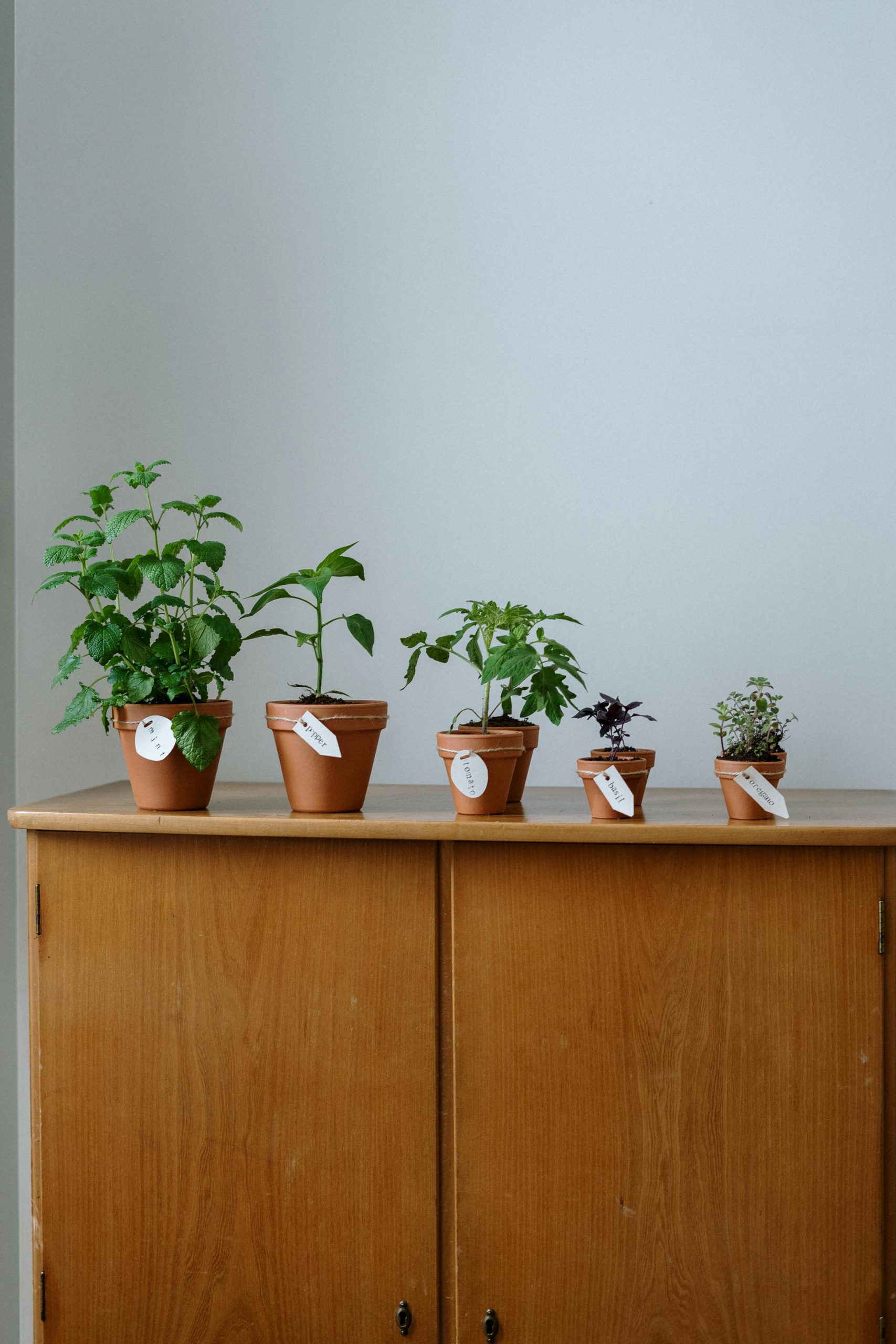There’s nothing quite like the taste of fresh herbs to elevate your cooking, and the good news is that you don’t need a garden to grow them. With just a little space, sunlight, and care, you can cultivate a thriving herb garden right in your kitchen. Whether you’re a seasoned gardener or a complete beginner, this guide will walk you through the easy steps to grow fresh herbs indoors, ensuring you always have flavorful ingredients at your fingertips.
Why Grow Herbs in Your Kitchen?
Growing herbs indoors is not only convenient but also cost-effective. Instead of buying expensive store-bought herbs that often wilt quickly, you can snip fresh leaves whenever you need them. Plus, indoor herb gardens add a touch of greenery to your kitchen, making it feel more vibrant and alive. Herbs like basil, parsley, mint, and thyme are particularly easy to grow indoors and can thrive with minimal effort.
Choosing the Right Herbs for Your Kitchen
Not all herbs are suited for indoor growing, so it’s important to pick the right ones. Here are some of the best herbs for beginners:
- Basil – Loves warmth and sunlight, perfect for sunny windowsills.
- Parsley – Hardy and versatile, grows well in moderate light.
- Mint – Fast-growing and resilient, but best kept in its own pot to prevent spreading.
- Thyme – Drought-tolerant and low-maintenance, ideal for busy cooks.
- Chives – Easy to grow and regrow quickly after harvesting.
Start with one or two herbs that you use frequently in your cooking. As you gain confidence, you can expand your indoor garden.
Essential Supplies for Growing Herbs Indoors
To set up your kitchen herb garden, you’ll need a few basic supplies:
- Containers with drainage holes – Herbs dislike soggy roots, so proper drainage is key.
- High-quality potting soil – Avoid garden soil, which can compact and hinder growth.
- Seeds or starter plants – Beginners may find starter plants easier to manage.
- A sunny windowsill or grow lights – Most herbs need at least 6 hours of sunlight daily.
- Watering can or spray bottle – Gentle watering prevents over-saturation.
Once you have these supplies, you’re ready to plant!
Planting and Caring for Your Herbs
Now that you’ve gathered your materials, follow these simple steps to plant and care for your herbs:
Step 1: Planting Your Herbs
Fill your containers with potting soil, leaving about an inch of space at the top. If using seeds, plant them according to the packet instructions—usually about ¼ inch deep. For starter plants, gently loosen the roots and place them in the soil, covering the base. Water lightly after planting.
Step 2: Providing Adequate Light
Herbs thrive in sunlight, so place them near a south-facing window where they’ll get plenty of natural light. If your kitchen lacks sunlight, consider using a grow light to supplement. Keep the light about 6 inches above the plants for 12-16 hours a day.
Step 3: Watering Wisely
Overwatering is a common mistake. Check the soil daily—if the top inch feels dry, it’s time to water. Pour slowly until water drains out the bottom, then empty the saucer to prevent root rot. Herbs like rosemary and thyme prefer drier soil, while basil and parsley like consistent moisture.
Step 4: Pruning and Harvesting
Regular pruning encourages bushier growth. When harvesting, snip leaves from the top, leaving at least a third of the plant intact. Avoid stripping all the leaves at once, as this can stress the plant. Frequent light harvesting keeps herbs productive.
Troubleshooting Common Herb-Growing Problems
Even with the best care, you might encounter a few challenges. Here’s how to handle them:
- Yellowing leaves – Often a sign of overwatering. Let the soil dry out before watering again.
- Leggy or weak growth – Usually due to insufficient light. Move plants to a sunnier spot or use a grow light.
- Pests like aphids – Wipe leaves with a damp cloth or spray with a mild soap solution.
- Slow growth – Herbs may need fertilizer. Use a diluted liquid fertilizer every 4-6 weeks.
With patience and attention, most issues can be resolved quickly.
Conclusion
Growing fresh herbs in your kitchen is a rewarding and simple way to enhance your meals while adding natural beauty to your home. By choosing the right herbs, providing proper light and water, and addressing problems early, you’ll enjoy a steady supply of flavorful greens year-round. Start small, experiment, and soon you’ll wonder how you ever cooked without your own kitchen herb garden. Happy growing!
